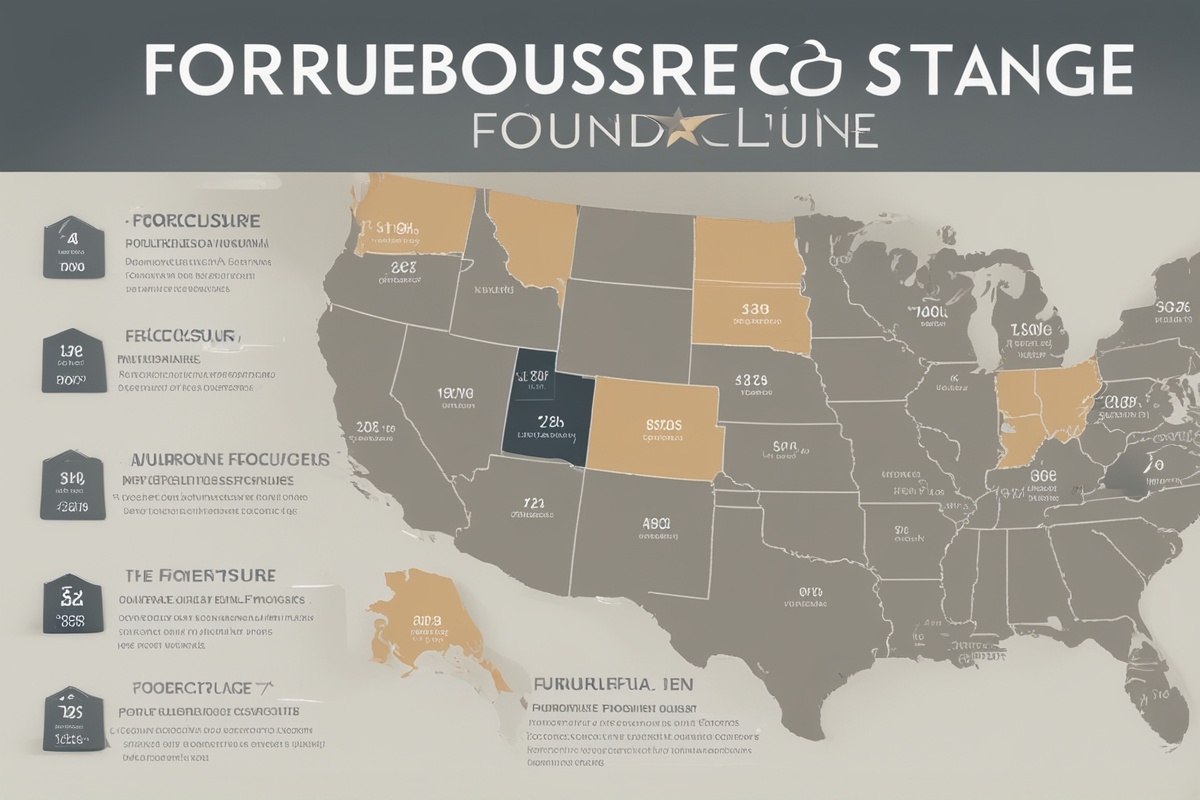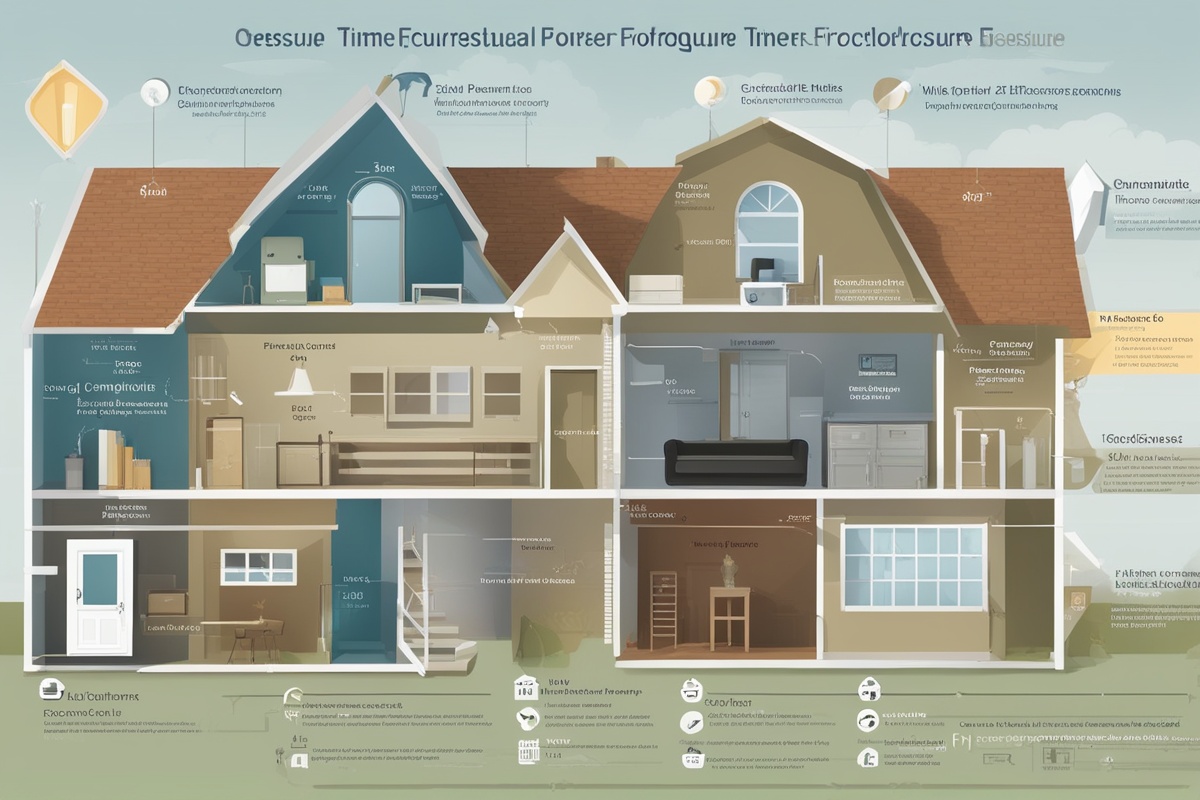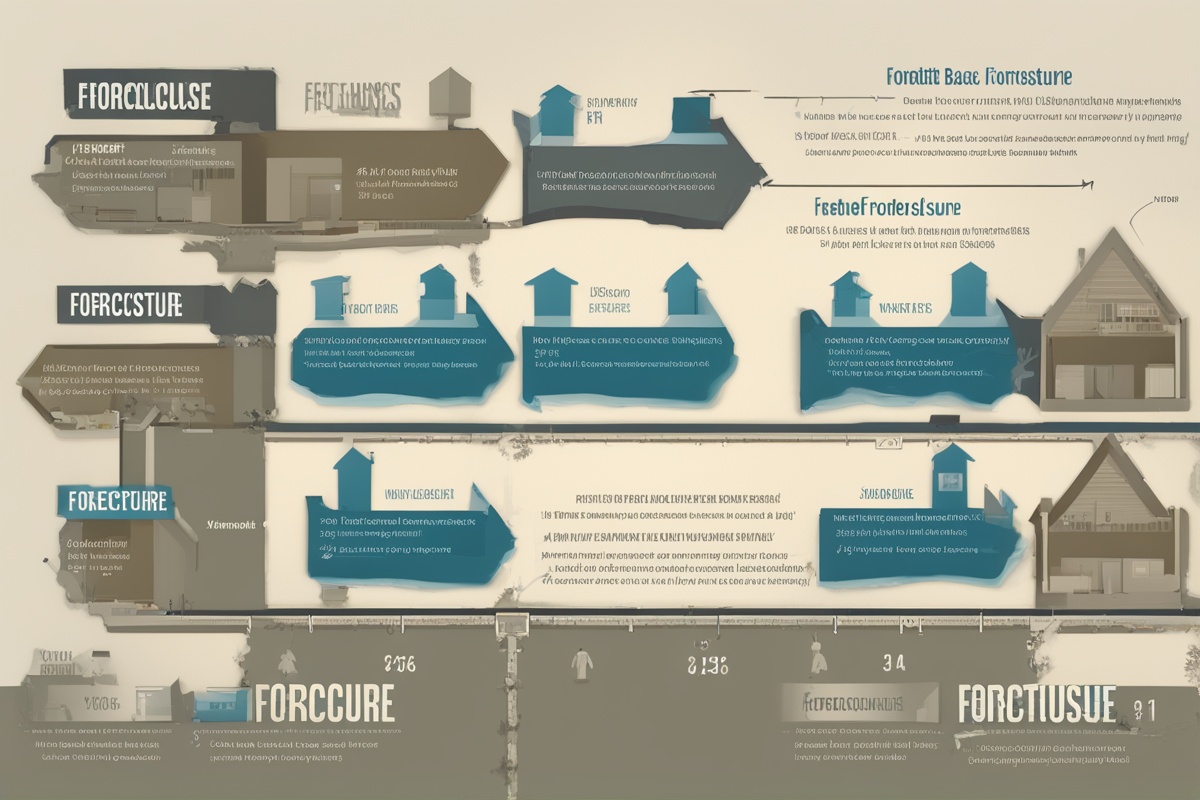Navigating the complex process of property repossession can be daunting for homeowners facing financial difficulties. Understanding the stages of property repossession is crucial to managing the situation effectively and exploring potential solutions to avoid losing one’s home. This comprehensive guide breaks down the key phases of the foreclosure timeline, offering clarity on what to expect and how to respond at each step. Whether you’re a homeowner at risk or simply seeking to educate yourself, this article provides valuable insights into understanding property repossession stages.
What Is Property Repossession?
Property repossession, often synonymous with foreclosure, is the legal process by which a lender takes control of a property due to the borrower’s failure to meet mortgage or loan repayment obligations. This process typically occurs when a homeowner defaults on their mortgage payments for an extended period. Understanding property repossession stages begins with recognizing that it is not an overnight event but a structured legal procedure with multiple steps, each offering opportunities for intervention or resolution. The process varies by state or country, but the core stages remain relatively consistent.
Stage 1: Missed Payments and Initial Notices
The first stage in the property repossession timeline begins when a homeowner misses one or more mortgage payments. Lenders typically allow a grace period of 15–30 days before considering the payment delinquent. After this period, the lender will issue a notice of default or a demand letter, informing the borrower of the missed payment and urging them to rectify the situation. At this early stage, communication with the lender is critical. Many lenders are willing to discuss payment plans or temporary forbearance to help homeowners get back on track. For more information on managing missed payments, check out our detailed guide on mortgage payment strategies.
Stage 2: Pre-Foreclosure and Loss Mitigation Options
If the borrower fails to resolve the delinquency, the process enters the pre-foreclosure stage. During this period, which can last 30–120 days depending on local laws, the lender files a formal notice of default with the local court or relevant authority. This notice is often public record, alerting the homeowner that legal action is imminent. However, pre-foreclosure is also a window of opportunity. Homeowners can explore loss mitigation options such as loan modification, short sales, or deeds in lieu of foreclosure. Engaging with a housing counselor or attorney during this stage can provide clarity on available options. Learn more about loss mitigation in our post on loss mitigation explained.
Stage 3: Formal Foreclosure Proceedings
Should the homeowner fail to resolve the default during pre-foreclosure, the lender initiates formal foreclosure proceedings. This stage involves a lawsuit (in judicial foreclosure states) or a non-judicial process, depending on local regulations. The lender seeks to reclaim the property by proving the borrower’s default in court or through a trustee sale. Homeowners are typically notified of a foreclosure auction date during this phase. While options to stop foreclosure become limited at this point, some states allow a reinstatement period where the borrower can pay the overdue amount plus fees to halt the process. Understanding property repossession stages at this juncture is vital, as legal representation may be necessary to navigate the complexities.
Stage 4: Auction and Sale of the Property
If foreclosure proceedings conclude without resolution, the property is scheduled for a public auction or trustee sale. This is a critical stage in understanding property repossession stages, as the lender attempts to recover the outstanding debt by selling the property to the highest bidder. Homeowners may still have a chance to redeem the property before the auction in some jurisdictions, but this right varies widely. If the property is sold, any proceeds above the owed amount may be returned to the homeowner, though this is rare. If it doesn’t sell at auction, the property often becomes Real Estate Owned (REO) by the lender. For insights into REO properties, refer to our article on REO properties guide.
Stage 5: Eviction and Post-Foreclosure Consequences
The final stage of property repossession occurs after the auction or sale. If the homeowner has not vacated the property, the new owner—whether a third-party buyer or the lender—will initiate eviction proceedings. This process can take weeks to months, depending on local tenant laws and whether the homeowner contests the eviction. Beyond losing the home, foreclosure has long-term consequences, including severe damage to credit scores, which can affect future borrowing for up to seven years. Additionally, there may be tax implications if the lender forgives part of the debt. To understand credit recovery post-foreclosure, explore our resource on credit repair after foreclosure.
How to Navigate or Prevent Property Repossession
Understanding property repossession stages empowers homeowners to take proactive steps to avoid or mitigate the process. Early communication with the lender is key—many offer hardship programs or temporary relief options. Seeking assistance from government programs, such as those offered by the U.S. Department of Housing and Urban Development (HUD), can also provide support. Additionally, consulting with a foreclosure prevention counselor or legal expert can uncover alternatives like refinancing or selling the home before foreclosure. For a deeper dive into prevention strategies, read our comprehensive guide on avoiding foreclosure tips.
Disclaimer: The information provided in this article is for general informational purposes only and does not constitute legal, financial, or professional advice. Property repossession laws and processes vary by state and country, and individual circumstances may differ. We strongly recommend consulting with a qualified attorney, financial advisor, or housing counselor to address your specific situation before making any decisions related to foreclosure or property repossession.
References
- U.S. Department of Housing and Urban Development (HUD) – Avoiding Foreclosure
- Consumer Financial Protection Bureau (CFPB) – What is Foreclosure?
- Federal Reserve – Foreclosure Resource Guide
- Nolo – Understanding the Foreclosure Process
- Fannie Mae – Avoid Foreclosure Options
This content is for informational purposes only and not a substitute for professional advice.





